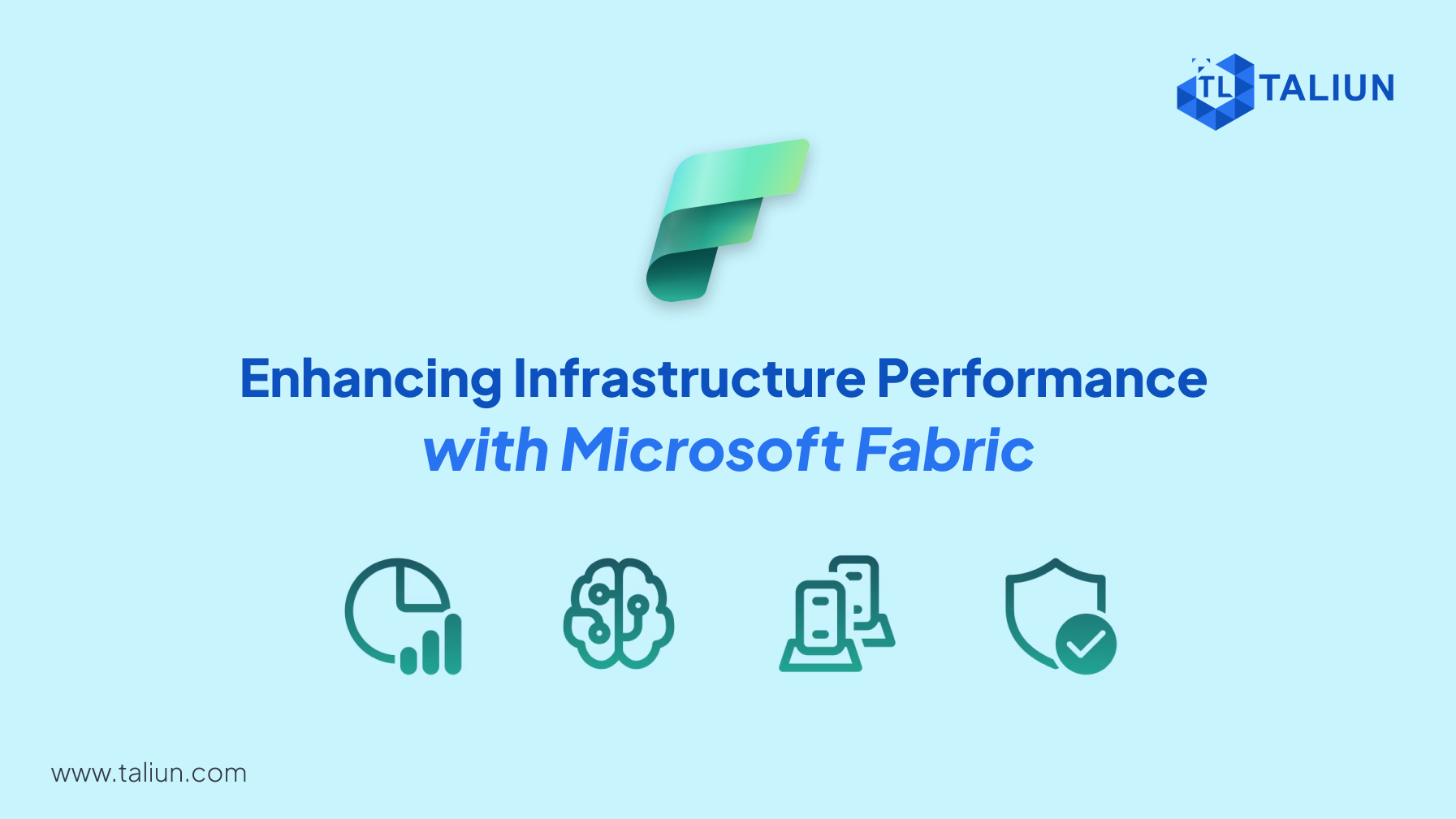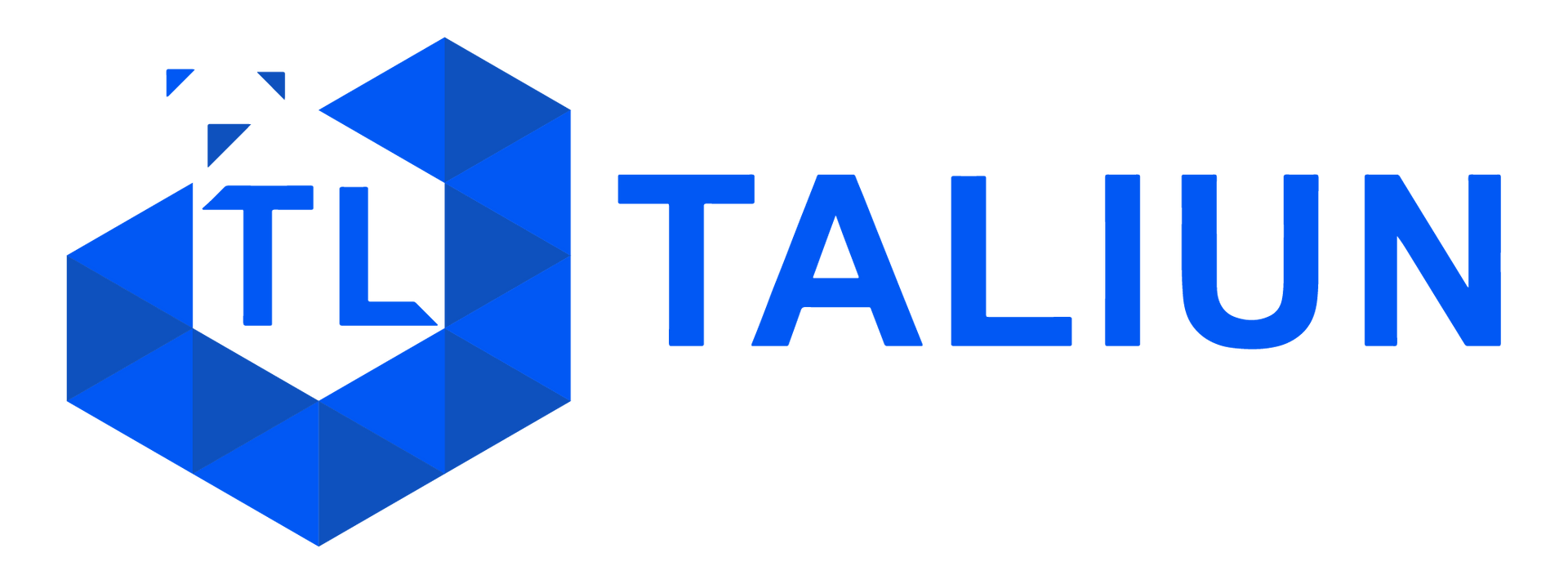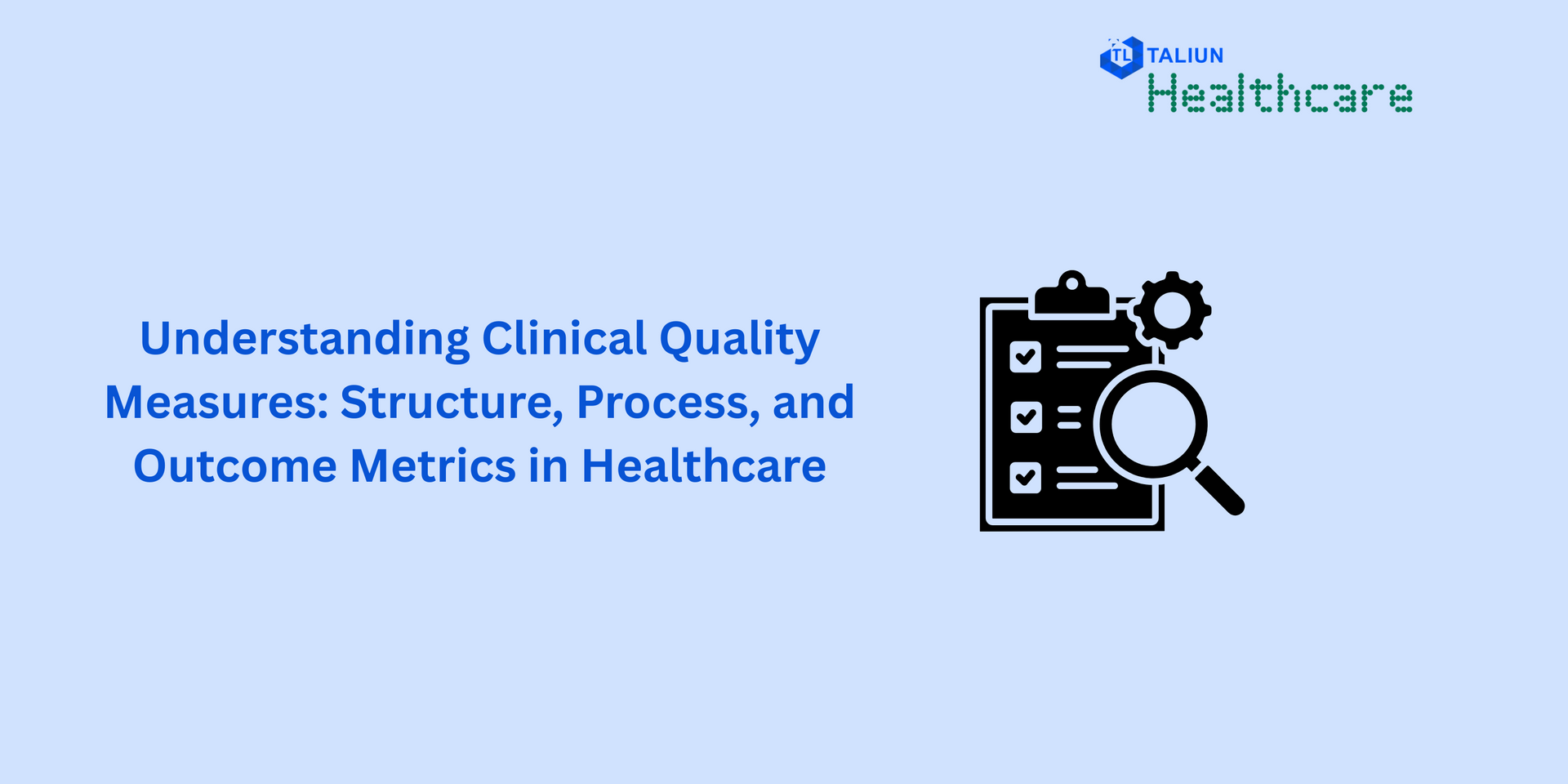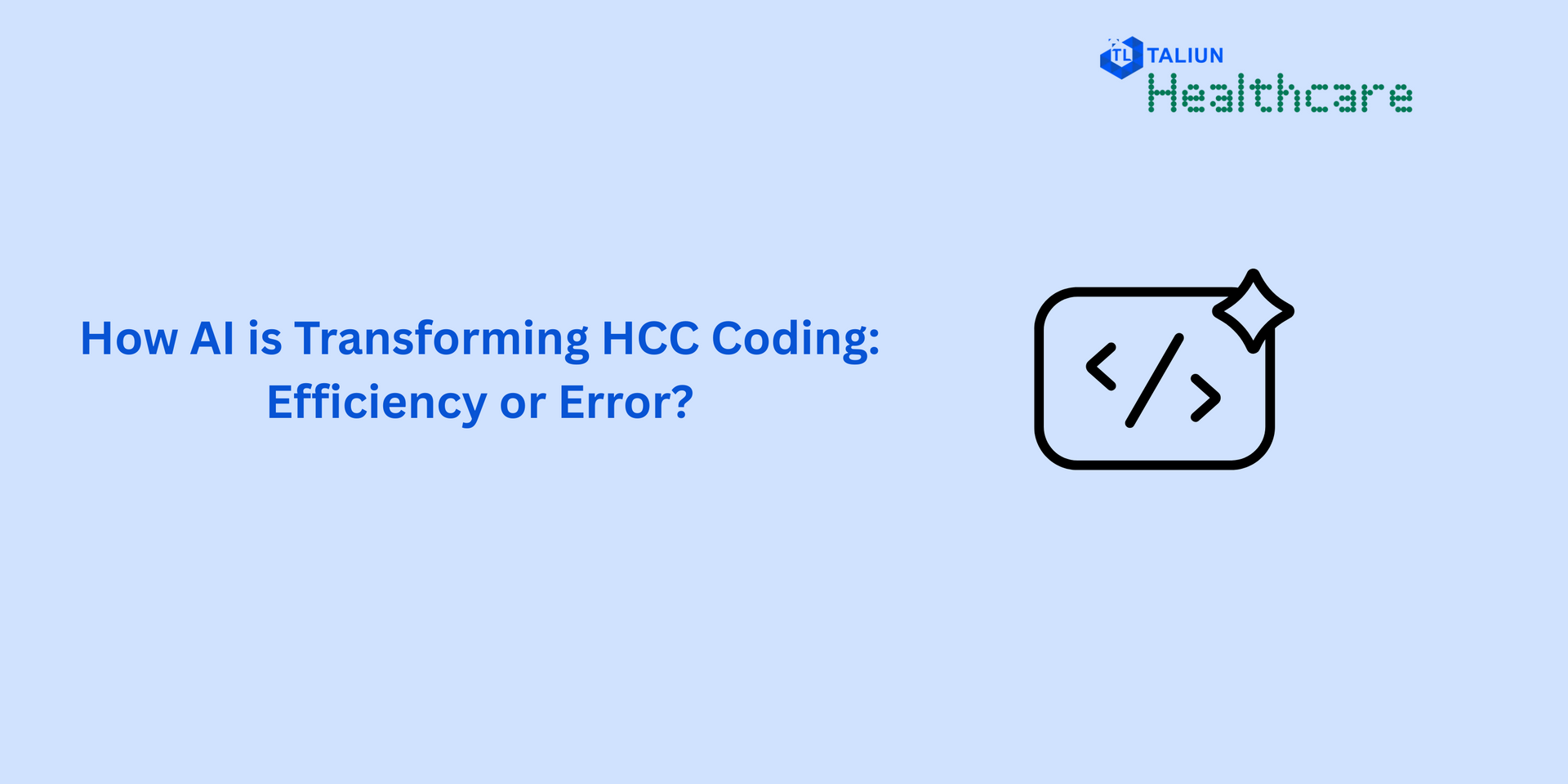Enhancing Infrastructure Performance with Microsoft Fabric: A Comprehensive Health Analytics Platform

In today's technology-driven world, organizations heavily rely on their IT infrastructure to support and drive their operations. Whether it's a small business or a multinational corporation, maintaining the health and performance of the infrastructure is of utmost importance. To address this need, Microsoft introduced the Fabric platform – a powerful health analytics platform designed to optimize the performance and reliability of infrastructure components. In this blog, we will explore the key features and benefits of Microsoft Fabric and understand how it revolutionizes infrastructure management.
Understanding Microsoft Fabric
Microsoft Fabric is a cutting-edge health analytics platform that provides real-time insights into the status and performance of an organization's infrastructure. It is designed to help IT professionals proactively monitor and manage their systems, ensuring smooth operations and minimizing downtime. The platform leverages advanced data analytics, artificial intelligence, and machine learning algorithms to deliver actionable insights and predictive maintenance capabilities.
Key Features of Microsoft Fabric
1. Real-time Monitoring: Microsoft Fabric enables real-time monitoring of the entire IT infrastructure, including servers, storage, networks, and virtual machines. IT administrators gain a holistic view of their environment, identifying potential issues before they escalate into critical problems.
2. Predictive Analytics: One of the standout features of Microsoft Fabric is its predictive analytics capability. By analyzing historical data and performance patterns, the platform can predict potential failures, allowing IT teams to take preventive measures proactively.
3. Health Scoring: The platform assigns health scores to various components of the infrastructure based on their performance and reliability. These scores help IT professionals quickly identify areas that need attention and prioritize their efforts accordingly.
4. Anomaly Detection: Fabric uses sophisticated anomaly detection algorithms to identify deviations from normal behavior in the infrastructure. This empowers IT teams to swiftly respond to potential threats or inefficiencies.
5. Performance Optimization: With the insights provided by Fabric, IT administrators can optimize their infrastructure's performance. By identifying bottlenecks and areas of improvement, they can fine-tune the system for better efficiency and cost-effectiveness.
6. Customizable Dashboards: Microsoft Fabric offers customizable dashboards that allow IT professionals to create views tailored to their specific needs. This flexibility enables them to focus on the most critical aspects of the infrastructure.
7. Integration with Azure Services: As part of the Microsoft ecosystem, Fabric seamlessly integrates with various Azure services. This integration enhances its capabilities, making it a comprehensive solution for managing diverse IT environments.
Benefits of Microsoft Fabric
1. Enhanced Reliability: By proactively detecting and addressing potential issues, Microsoft Fabric ensures higher reliability and uptime for the IT infrastructure. This translates to increased productivity and reduced revenue loss due to system downtime.
2. Cost Optimization: The platform helps organizations optimize their infrastructure by identifying areas of inefficiency and underutilization. This not only saves costs but also contributes to a greener, more sustainable IT environment.
3. Improved Decision-making: Fabric's data-driven insights enable informed decision-making regarding infrastructure upgrades, capacity planning, and resource allocation. This ensures that IT investments align with business needs.
4. Reduced Operational Complexity: With a centralized dashboard and automated analytics, Fabric simplifies infrastructure management. IT teams can focus on strategic tasks instead of spending time on reactive troubleshooting.
5. Scalability and Flexibility: Whether an organization's infrastructure is small or large, on-premises or in the cloud, Microsoft Fabric scales to meet its needs. Its flexibility makes it suitable for businesses of all sizes and industries.
Conclusion
Microsoft Fabric represents a game-changing leap in infrastructure management. By leveraging the power of data analytics and AI, organizations can gain real-time insights, predict potential failures, and optimize their systems for peak performance. The platform not only enhances the reliability of the infrastructure but also empowers IT teams to make informed decisions and drive business growth. For any organization looking to stay ahead in the digital landscape, Microsoft Fabric is undoubtedly an invaluable tool to consider.




